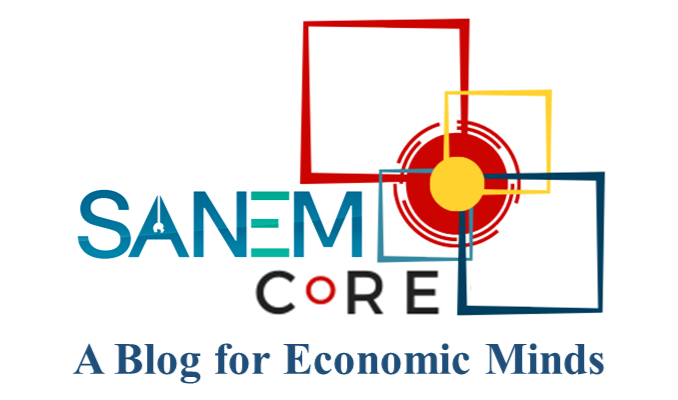Bangladesh’s female labour market is predominantly characterized by informal employment, which accounts for 96.6% of total female employment. Although women’s participation in the labour force has increased from 36.3% in 2016-17 to 42.7% in 2022, it still lags far behind the male labour force participation rate of 80%. Female participation in formal and technical jobs remains significantly lower. Major proportion of employed female (74.1%) are engaged in agriculture, while only 8.7% work in industry and 17.2% in the service sector. Representation of women in managerial positions is also significantly lower, even in industries such as ready-made garments (RMG) where women constitute 57.8% of its workforce. Additionally, the RMG sector’s employability of women is at risk due to the increasing trend of automation, 4IR, rising demand for skilled labour, and unfavourable impact on the sector being anticipated as an aftermath of Bangladesh’s LDC graduation by 2026 as it may lead to reduced exports and diminished opportunities for women in the sector.
In this context, creating more opportunities and exploring untapped sectors to absorb more female workers is essential apart from traditional labour-based agriculture and RMG. Much of the existing research on this topic are focused on supply side factors, leading towards a biased result. In one of our studies titled “What Drives Female Employment in Contemporary Sectors? Evidence from Bangladesh’s Agro-Processing, Jute, and IT Industries”, we identified this gap and set out to explore demand-side factors impacting female employment and managerial representation in Bangladesh’s agro-processing, jute, and IT sectors. The sectors were identified from a pool of 29 sectors based on various parameters such as domestic and international market size, sector readiness, SME linkage possibility, job creation and job quality etc.
The study revealed several key insights. Female-owned firms were found to employ significantly more women at both general and managerial levels. Larger firms tend to employ more women overall, but size alone does not translate into greater female representation in leadership. Agro-processing and jute industries showed higher levels of female employment compared to IT. However, the IT sector’s technical skill requirements and ingrained gender biases create significant barriers for women. Patriarchal attitudes and perceptions of women’s limited technical capabilities further exacerbate this issue.
The study highlighted that firms with a higher share of female employees were more likely to have women in managerial roles. However, joint ventures and foreign-owned firms showed a reluctance to promote women to managerial levels, despite hiring them in general roles. Interestingly, factors like exporter status and international certification—often associated with formalization—did not significantly boost female employment. This anomaly might stem from the limited export contributions of the analyzed sectors compared to RMG, which dominates Bangladesh’s export basket. Nonetheless, it implies that the emerging export-oriented firms face structural challenges or business models less conducive to gender diversity.
Aligning with the prior research, the study witnessed firms with a higher share of low-skilled workers requirement to be hiring women more likely, which highlights that a lack of skills often pushes women into lower-wage jobs. Low-skilled roles, however, do not lead to leadership opportunities for women, reflecting limited upward mobility within these positions. In contrast, firms with a higher share of high-skilled workers requirement slightly increase opportunities for women in leadership, as high-skill sectors exhibit fewer gender biases and are more conducive to promoting women.
The findings underline the urgency of strategic interventions to enhance female employment and leadership in Bangladesh. Key recommendations include promoting female entrepreneurship, as initiatives to support women-led businesses can significantly boost female employment. Providing access to credit, mentorship, and training tailored for female entrepreneurs can empower more women to enter and thrive in the business world. Addressing the skill gap is crucial, particularly in STEM fields and technical roles. Policies should focus on training programs that equip women with industry-specific skills, enabling them to participate in high-demand sectors like IT. Tackling patriarchal attitudes and male-centric hiring practices is essential, especially in the IT sector. Awareness campaigns and gender-sensitivity training for employers can help create a more inclusive workplace culture.
Firms should be incentivized to adopt hiring strategies that prioritize gender diversity. For instance, tax benefits or recognition programs could motivate businesses to employ and promote more women. Encouraging women’s representation in managerial positions is critical for driving workplace inclusivity. Policies should mandate gender diversity at leadership levels, particularly in larger firms and joint ventures. Agro-processing and jute sectors have demonstrated their potential for employing women. Strengthening these industries through investments and supportive policies can further increase female participation.
This article was first published in the February, 2025 edition of the Thinking Aloud




RECENT COMMENTS